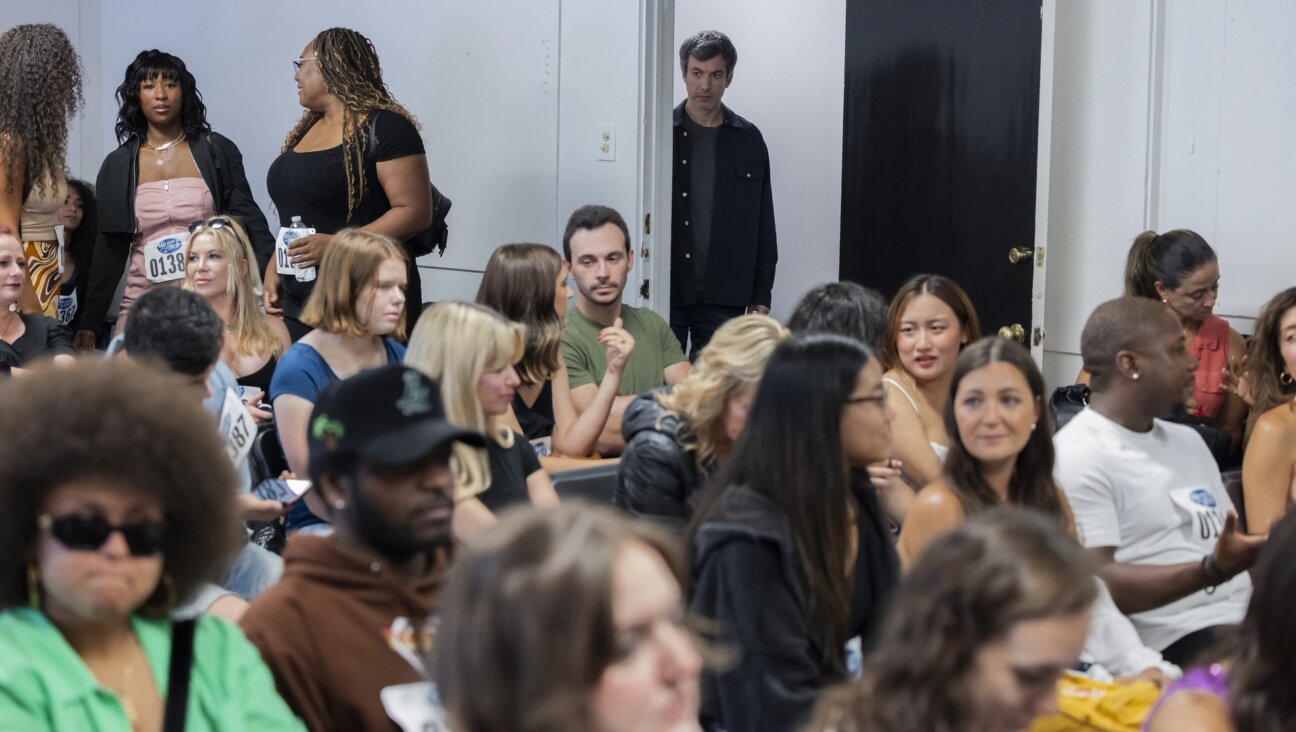Glimpsing the World of Holocaust Memoir

What exactly is “personal history”? Is it a cousin of political history, cultural history or revisionist history — an account steeped in perspective before objective truth — or is it just a fancy term for “memoir”? With a spate of memoirs-turned-fiction rattling book stalls, the Holocaust chronicles, published this year, chosen for review this week confront head-on the fine lines among scholarship, memoir and imagination, and show the increasing importance of second- and third-generation narratives — the retelling of a parent’s or grandparent’s experiences during the Shoah as filtered through the descendant’s research and remembrance.




There is something wrenchingly banal about Rutka’s musings on teenage longing, all the more so when she consciously positions her journey toward womanhood as a more deserving — and more difficult — subject for reflection than her political situation. “But how shrewd I am, I have written already so much about the war and nothing about myself,” she writes one day, having taken a short break from self-criticism to describe the violence that is about to consume her.
The journal begins in January 1943, already four years into Rutka’s imprisonment, and ends abruptly that April, before Rutka’s deportation to another ghetto and, ultimately, her death. In Bedzin, Rutka’s primary experience seems to have been one of soul-crushing boredom (her final words in print were “I have nothing to do”). The unwritten epilogue, in which things only get worse, looms over this short, haunting fragment.

Unfortunately, Schwartz brings a stubbornly Manichean perspective to her investigation. She attempts to classify the Germans she speaks to and the town itself as either good or bad, anti-fascist or antisemitic. As a result, her perceptions careen between willful naiveté and paranoia, leaving little room for ambiguity.
In a typical encounter, an interviewee mentions that his grandparents received a copy of “Mein Kampf” as a wedding present. “Whoa! Is he a Nazi?” Schwartz asks herself, surprised by the man’s willingness to come clean about his ancestors’ politics. “But then he says, ‘What a lot of crap! How could people believe such rubbish!’ I relax.” More suspicion, and more mollification, follows in close pursuit.
Though Schwartz finally concludes — not unpredictably — that it may not be possible to measure the morality of a town, the path she takes to get there is tedious for the reader.
The Forward is free to read, but it isn’t free to produce

I hope you appreciated this article. Before you go, I’d like to ask you to please support the Forward.
Now more than ever, American Jews need independent news they can trust, with reporting driven by truth, not ideology. We serve you, not any ideological agenda.
At a time when other newsrooms are closing or cutting back, the Forward has removed its paywall and invested additional resources to report on the ground from Israel and around the U.S. on the impact of the war, rising antisemitism and polarized discourse.
This is a great time to support independent Jewish journalism you rely on. Make a Passover gift today!
— Rachel Fishman Feddersen, Publisher and CEO
Most Popular
- 1

News Student protesters being deported are not ‘martyrs and heroes,’ says former antisemitism envoy
- 2

Opinion My Jewish moms group ousted me because I work for J Street. Is this what communal life has come to?
- 3

News Who is Alan Garber, the Jewish Harvard president who stood up to Trump over antisemitism?
- 4

Fast Forward Suspected arsonist intended to beat Gov. Josh Shapiro with a sledgehammer, investigators say
In Case You Missed It
-

Culture ‘Shtisel’ star Sasson Gabay is happy to be back playing a complex haredi Orthodox Jew in ‘Kugel’
-

Fast Forward Noa Argamani, ADL’s Jonathan Greenblatt among over a dozen Jews on 2025 TIME 100 list
-

Fast Forward US claims Mohsen Mahdawi’s activism could ‘potentially undermine’ prospect of peace in Gaza
-

Opinion What Jewish university presidents say: Trump is exploiting campus antisemitism, not fighting it
-
Shop the Forward Store
100% of profits support our journalism
Republish This Story
Please read before republishing
We’re happy to make this story available to republish for free, unless it originated with JTA, Haaretz or another publication (as indicated on the article) and as long as you follow our guidelines.
You must comply with the following:
- Credit the Forward
- Retain our pixel
- Preserve our canonical link in Google search
- Add a noindex tag in Google search
See our full guidelines for more information, and this guide for detail about canonical URLs.
To republish, copy the HTML by clicking on the yellow button to the right; it includes our tracking pixel, all paragraph styles and hyperlinks, the author byline and credit to the Forward. It does not include images; to avoid copyright violations, you must add them manually, following our guidelines. Please email us at [email protected], subject line “republish,” with any questions or to let us know what stories you’re picking up.












